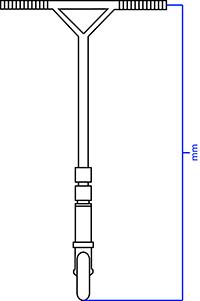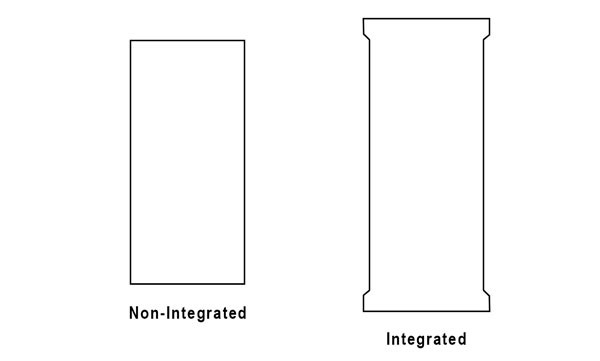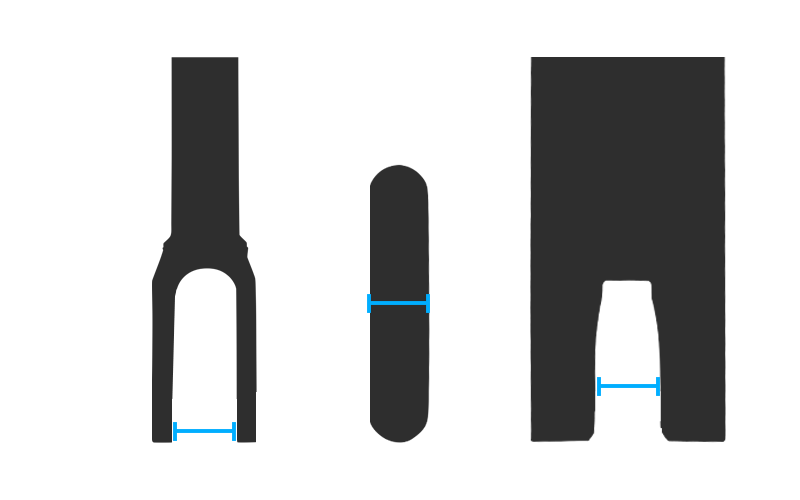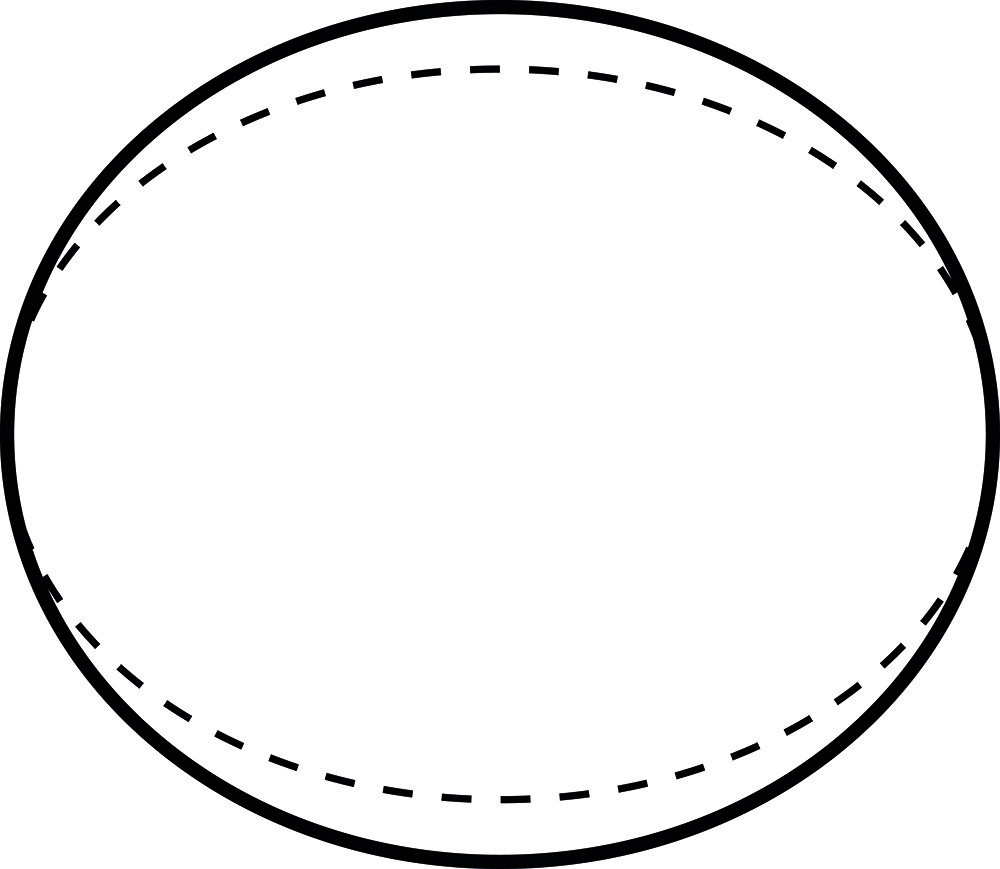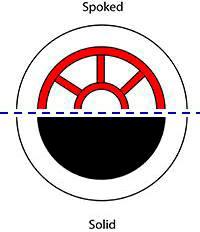CE-Certified
If a product is CE-certified, it means that the product complies with EU law in relation to common requirements and conformities for this type of product. A CE-certified product has been through a number of tests and passed all of them adequately. Therefore, you can be sure of a higher quality and safety when purchasing a CE-certified product.
SGS-Certificate:
An SGS certificate is a confirmation of a product's quality and integrity performed by SGS - known globally for certifications and professional product testing. Products with a CE-mark issued by the SGS certification service indicate that these products have gone through a number of different tests and testing methods, which are in accordance with various requirements and standards these product classes / groups must comply with. Furthermore, an SGS certificate confirms that every single part of the product has been tested to the utmost to ensure an incredibly high quality of durability and functionality. Each product is part of a product class or product group, each with its own CE-marking ID number. This ID number can be used by you as a consumer to legitimize the certification and find further information about what the product you are buying is approved for.
Total height:
The total height of the entire scooter. There is no right or wrong in relation to height of a scooter. Generally one can say that low scooters are oriented to technical tricks, whereas high scooters are for transport and comfort. Some scooters can be adjusted to suit you and your needs.
Weight:
The total weight of the scooter when it is complete. Heavier scooters are often made of a material, such as steel, which increases the durability and longevity. Where scooters made of lighter materials, such as aluminum, is lighter as well as easier to transport along with you. Whether you should choose one or the other depends on how much you are willing to spend and what you will be using the scooter for. A scooter does for example need to be able to stand through most and it would therefor be clever to buy it in a durable material.
Deck design:
There are three types of deck design: one-piece, two-piece and foldable. One-piece decks are very durable since they are made of welded parts, whereas two-piece decks are put together with bolts. The advantage of two-piece decks is that they are often able to fold, and some models have headtubes which gives the possibility for different angles. A foldable design makes it possible to fold the scooter together so that it can be quickly taken under the arm or on the shoulder.
There are many different functions and systems for foldable scooters. If you need your scooter for commuting between the bus, train, car or just for getting around, a fast and easily foldable system is an advantage. You will quickly experience that this feature makes a difference whether you use your scooter to take with you on the trains, buses, etc.
Deck material:
The deck of the scooter is usually made of aluminum, as it is a very lightweight and durable material. The aluminum is relatively soft, therefore, it will be mixed with other metals. Aluminum is divided into alloys in which the value is determined by the mixture of metal. Higher alloy provides more durable product material.
Material strength grade:
The strength of aluminum is measured in tons, how many tons the aluminum is pressed under. A scooter deck of T4 aluminum is produced under 4 tons of pressure, where T6 means that it has been pressed under 6 tons. The more tons the metal has been pressed under, the stronger the scooter.
Deck length:
The total length of the deck's surface. The length of the deck decides how much space you have for your feet on the scooter. The longer a deck, the more space you have to stand on, where the shorter a deck, the less space you got to stand on.
Deck width:
The total width of the deck's surface. The width decides like the length of the scooter's deck, how much space you have to stand on for your feet. An example of width would be if you could have both feet next to each other on the scooter's deck surface or not. Besides that you need to have enough space to accelerate without losing your balance.
Compression:
The compression system is the system that keeps your fork tightly to the headtube of the deck and reduces the slack that all scooters will suffer from the time they are being used. Thus is it with scooters and thus is it with everything actively used outside.
Fork:
Forks can be divided into two main groups: one-piece of two pieces. One-piece forks is molded or cut from one piece of metal, it gives the fork fewer weak points compared to two-pieces forks which is composed of several parts. Furthermore, the forks can be divided into forks with or without thread. Threadless forks requires a compression kit.
Headset type:
The headtube of the deck determines which headset-type the scooter is using. An integrated headset is more protected and durable than a non-integrated headset. A non integrated headset sits inside the headtube, therefore it is more fragile than the integrated headset.
Bar material:
Steel is a very strong and a durable material. Bars made of steel is very strong, but also much heavier than bars of aluminum. Steel bars caters more for scooters driven hard. Such scooters would be stunt scooters, which have to take a lot of hard impact when performing tricks. It is therefor a clear advantage if you buy your stunt scooter in a durable material.
Bar height:
The total height from the bottomof the bar to the middle of the handlebar. it is recommended that the height of the bar fits the rider. Some scooters can be adjusted by you to fit your height, while other scooters comes in fixed heights, where you then will have to pick the one most suitable for your height. The reason for this is that a stunt scooter needs to be able to take punches during tricks, so if the bar is adjustable on your tricks scooter, it will become weaker and possibly give you trouble, when performing tricks.
Bar width:
Different widths of bars suits different riding styles. With air tricks you have far more control of the trick with a wide bar, a narrow bar is better suited for technical tricks. Thus, the bar's width have to suit your skills, and it may therefore be worth considering what the scooter primarily will be used for.
Outer diameter:
The bar's outer diameter is what determines the type of clamp which will fit. Thus it is recommended that the bar's outer diameter fits the clamps inner diameter. Note however that some clamps can be used in both standard bars and over sized bars.
Inner diameter:
The bars inner diameter determines the fork that fits. Whether it is a one-piece fork or a two-piece fork depends on what you imagine yourself using the scooter to. The smart thing about a two-piece fork is that it often can be folded together, which can be practical for carrying with you on the bus or the train, where with a one-piece fork the great thing is the durability, which makes it perfect for stunt scooters.
Wheel Diameter:
The size of the wheels should depend on your riding style. If you have a lot of focus on the driving experience with good flow and speed, go for bigger wheels, whereas choosing smaller wheels if you go for quick response and better control. However, it is important that the diameter of the wheel fits with both the front fork, deck and brakes.
Wheel Hub width:
The most common wheel hub width for pro scooters is 24 mm. The hub width of the scooter determines what size wheels can be mounted on the scooter.
Wheel hardness:
The hardness of a wheel is measured on the durometer scale that goes from 0 to 100 A, where 0 is the softest and 100A is the hardest. Harder wheels last longer and run faster, but are less comfortable on uneven grounds than soft wheels. Softer wheels do however wear away faster, but have a good grip and are perfect for parks and indoor use.
Core material:
Aluminum and nylon wheels each have their qualities. Aluminum wheels are the strongest but nylon wheels are the lightest. Whether it should be the one or the other depends mostly on your choice for what you will use the scooter for. It is smart to have stronger wheels for outdoors tranportation and if you want to do tricks.
Wheel design:
There are different core designs: solid and spoked. Solid core wheel is relatively heavy wheels for scooters, but their weight also provides a lot more durability and strengthens the wheels. Spoked wheels are lighter wheels for scooters, which therefore leads to a less durable and strong wheel.
Wheel profile:
What a flat profile does is it provide the absolute best and highest possible grip for scooters to achieve, where as what the narrower profile does is that it allows a lot more speed. The fork shape must match properly with the scooter wheel's profile.
Bearings:
Bearings are divided into ABEC. High ABEC values mean that the bearing is made with more precision and therefore better quality. It is recommended that your ABEC-value is high for higher speeds and lower if your wheel have to take a lot of impact, like the impact you would expect if you decide to use it for tricks.
Features:
Features are some special or additional features and elements a product may contain. This may, for example, be that a scooter is equipped with several systems for braking, an adjustable bar, side stands and a carrying strap to make it easier to carry your scooter. In addition, features can also be smart design choices that your scooter got - for example, whether it is CNC-cut or whether it might be electrically driven.
Assembly:
Almost ready to run or ready to run. Always check the scooter before use, and be aware that it is different, how you receive your scooter. if your scooter is coming complete, it is completely ready for use, whereas if it is only partially complete, then there will be few parts that need to be tightened and assembled, which must be done with standard tools.
Max Load:
Max load is the manufacturer's recommended load of weight on product. This set out for their knowledge and assessment of the product so that the service life is not reduced.
































